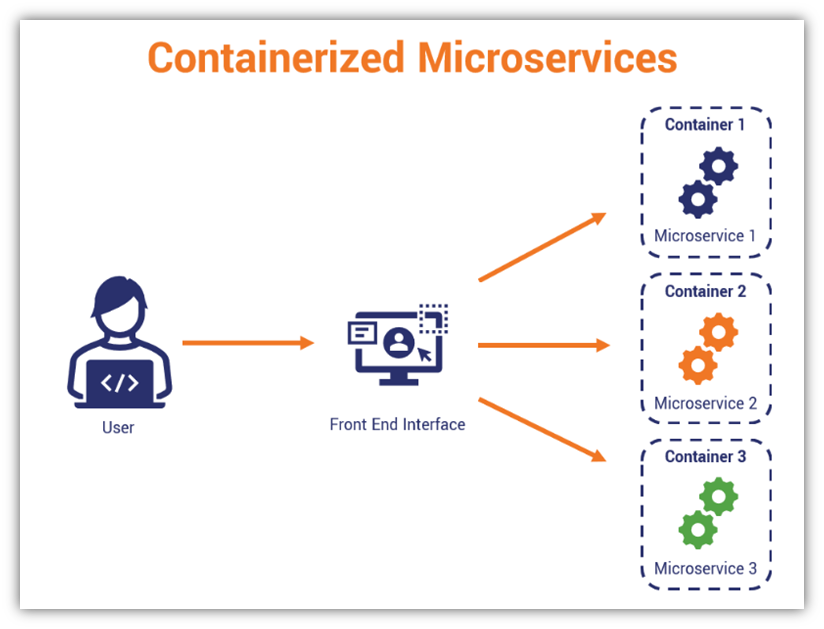To run Microservices for a web app best way is docker

See the images available in hub.docker.com find docker images in other place also like GCR and amazon ACR
Commands :
docker inspect (ID) - Gives container details
docker images - lists all images present in the machine
docker ps - gives the status of all running containers
docker ps -a - to see all images
docker pull (image name) - to pull a image from hub
docker pull (image name):(tag) - to pull a specific image from hub
docker run (image name)- to start the container
docker stop (container ID) - to stop the container
Ex :
docker run --name (name of container) -p 4040:80 -d nginx to access enter : http:(IP):4000
here —name is the name of container you give
-d means it runs in background
-p (Your port):(Service port) - Usually this container is running in Private network so you can’t access it directly so therefore you give your port first and then the service defined port So at access it we need to enter localhost:4000
Removing image :
First you need to stop and remove container by docker rm (container ID) then only i can remove image by docker rmi (Image ID)
To check errors :
do docker logs
Docker inspect :
if we run docker inspect we get container details in JSON like : “Entry Point” - Runs this script as soon as container is initialized “CMD” - Runs these commands “Volume Binding” - Specifies the default volume path “Port Binding” - specifies default port “IP address”
Docker Volumes :
A volume is a external storage for containers so when you restart a container it keeps still retrieves all data from volumes Ex :
docker run --name (name) -d -p 3000:3306 -e MYSQL_ROOT_PASSWORD=password
-v /your/path/to/store:/var/lib/mysql mysql-v is for volumes -e was for env variables
So after deleting the container re-run this command and you will have all data back
Docker Shell :
To start a shell interface with the container we use
docker exec -it (container ID) /bin/bashDockerfile :
This is used for creating custom docker images Ex : to host a website:
FROM ubuntu:latest
#base image
LABEL "Authur"="MEMEMEME"
#simply a label
ENV DEBIAN_FRONTEND=nointeractive
#This makes the docker non-#interactive and is better to use this always
RUN apt update && apt install apache2 -y
#Command to run at startup
CMD ["/usr/sbin/apache2ctl","-D", "FOREGROUND"]
#this is basically #systemctl start but this command dosen't work directly in docker so we use binary use full path tho
ENTRYPOINT ["echo"]
#This runns echo and then you have to give argument in the docker build command Ex : docker build -t (name) hello
EXPOSE 80
#Which port to be expossed
WORKDIR /var/ww/html
#When you run any -lt shell command it starts from this directory
ADD finance.tar.gz /var/www/html
#adding files form your computer also unarchives the file or
COPY finance.tar.gz /var/www/html //This simply copy pastes there
After writing Dockerfile being in the same directory do :
docker build -t (name) . # . means Dockerfile paththis creates the image now build a container
docker run --name (name) -p 4000:80 -d (image name)Docker-Compose :
Used to manage multiple containers in YAML files :
Note : you must have Dockerfile
version: "3.8"
services:
apache:
build: .
ports:
- "8080:80" # Expose to host on port 8080
container_name: apache-finance
stdin_open: true # Optional if you want interactive
tty: true # Optional for debuggingDocker Cleanup :
here are commands to clean all space after everything
docker system prune -a
docker volume ls --> docker rm (Volume name)
docker volume prune